
How to sanitize laundry: 3 potential options
Germs can be found on towels, workout clothes and bedding, which is why your family might benefit from a washer and dryer combination with specialty features designed to sanitize clothing. Easily sanitize laundry by washing it in hot water and utilize unique cycles on select models. Read on to learn how to sanitize clothes and bedding.
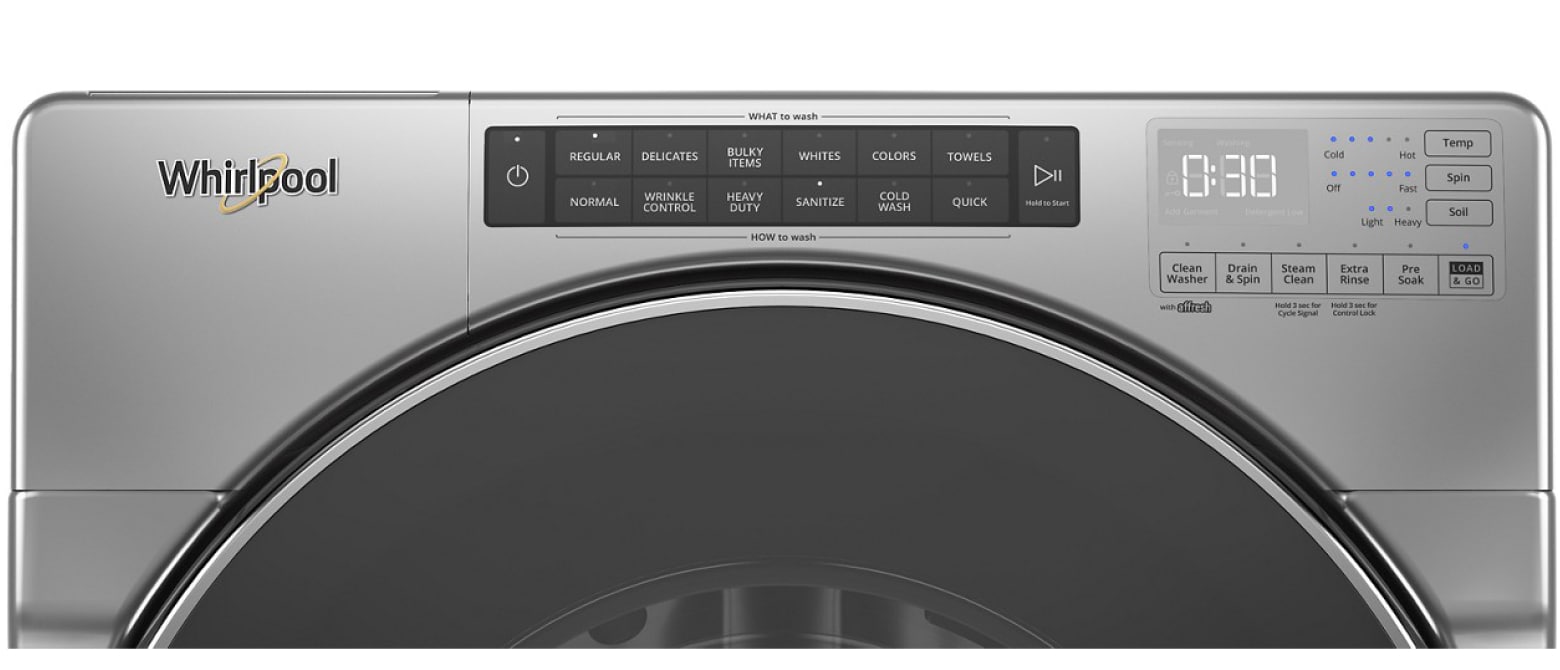

How do I sanitize my laundry?
Sanitizing your laundry can be as simple as washing your clothes on a sanitary cycle or adding a laundry sanitizing product or bleach. Which option you choose and which type of bleach used depends on your washing machine and type of load. Be sure to check care labels to avoid fading or damaging the fabric.
Supplies
Laundry sanitizer product
Liquid bleach
Tools
- Washer
- Dryer
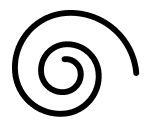
Option 1: Wash on a sanitary cycle
Check to see if your washer has a cycle designed for sanitizing laundry. The Sanitize cycle with Oxi, available on select Whirlpool® washers, uses extra-hot water to eliminate 99.9% of three common household bacteria.¹ If your washing machine doesn’t have a sanitary cycle, use the warmest temperature setting available to optimize cleaning performance.

Find the best washer for you

What size washer do you need?

Option 2: Add a laundry sanitizer product
If you don’t have a sanitary cycle or your laundry can’t be washed in hot water, add a laundry sanitizing product and wash as normal. These products, available from top household cleaner brands, can also be added to a sanitary cycle for an extra bacteria-fighting boost. Add sanitizer to your load based on product directions.
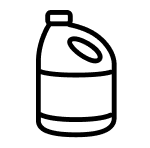
Option 3: Add liquid bleach
Liquid bleach can be used in addition to a sanitary cycle, or for bleachable items that can’t be washed in hot water. Add bleach to your load based on the manufacturer’s directions. When using bleach, remember to spot test in a hidden area to help avoid fading or damage to the fabric.
Finish sanitizing in the dryer
The final step in sanitizing laundry is running it through the dryer. If your dryer has a designated sanitize cycle, we recommend using it. If it doesn’t have one, use the warmest temperature setting available to optimize cleaning performance.
Select Whirlpool® dryers feature a Sanitize cycle that provides care for your clothes in the dryer while eliminating 99.9% of common household bacteria1.
Care tip:
If someone in your house is sick, don’t forget to wash your hands after starting a new load. Or, you can wear disposable rubber gloves when handling soiled laundry and bedding.
What can be used to sanitize laundry?
If your washing machine does not have a dedicated sanitize cycle, there are many store-bought products that can be used to sanitize your laundry. Make sure that the temperature of your water is hot enough to clean germs, then apply one of the following products or methods after confirming it is safe to use per your item’s care tag:
- Bleach
Hydrogen peroxide
- Phenolic disinfectants
- Hot water and steam
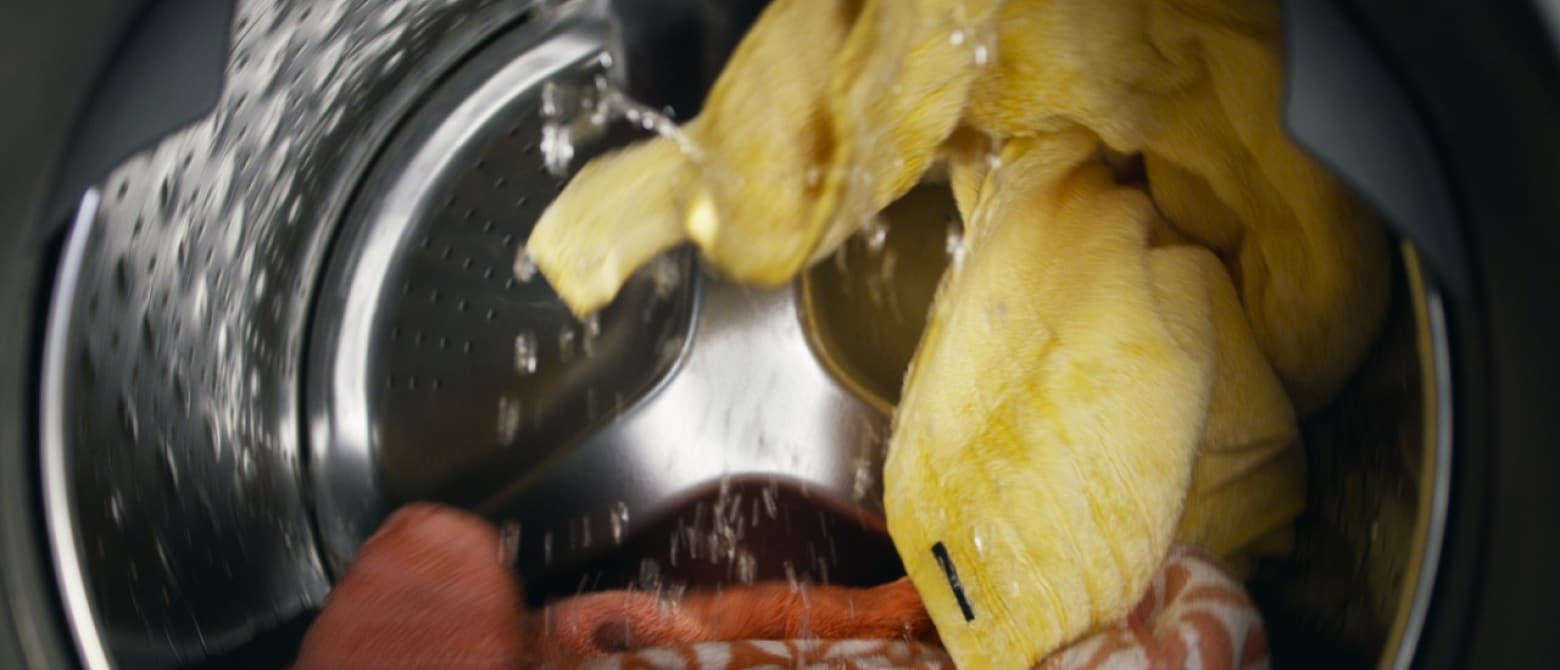

What does the sanitize cycle on a washer and dryer do?
Sanitize cycles on washing machines or dryers are designed to help fight against particular common household bacterias by using an extra-hot wash or dry cycle. If your machine doesn’t have a designated cycle, use the warmest temperature setting available to optimize cleaning performance.
What temperature kills most bacteria in the washer and dryer?
The maximum heat of water in your washer and air in your dryer is dependent on the model. A temperature of 60 degrees Celsius, or 140 degrees Fahrenheit, is generally the minimum temperature recommended to help disinfect your clothing. Dryer temperatures can run between 120 to 160 degrees Fahrenheit on average, though this will vary by model.
When should I use sanitize cycles?
The simple answer is that you should use sanitize cycles when you are washing items that might carry extra bacteria, such as towels, workout clothing or bedding. Sanitize cycles are also useful in situations where someone in your family has been sick: you can isolate this clothing and run it through a sanitize cycle by itself.
How do I clean my washer and dryer?
You should clean your washing machine and dryer regularly, but especially after laundering clothes, bedding or stuffed animals that have been exposed to a sick family member to help prevent spreading bacteria. Cleaning your washer requires running your appliance with tablets designed to clean the interior while wiping down the exterior and vents.
Review these guides for more information on cleaning your washing machine and cleaning your dryer.
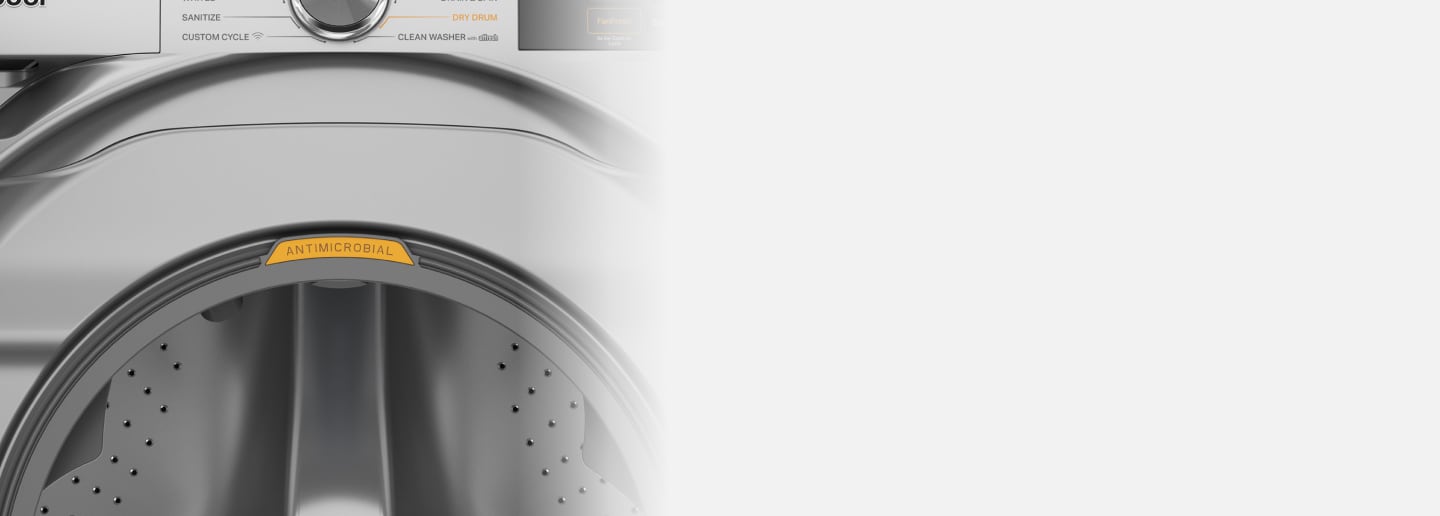
Antimicrobial protection
Help keep your washer & laundry fresh
Help prevent the growth of odor-causing bacteria with an antimicrobial rubber seal, available now on select Whirlpool® Washers
Shop Whirlpool® washers and dryers
Streamline your busy laundry routine with convenient features like the Load & Go™ Dispenser on select Whirlpool® washer models and Advanced Moisture Sensing on select dryer models to give you greater control over your family’s clothing care. Browse the full collection to find the Whirlpool® washers and dryers that fit your household.


Helping kids stay in school
Learn how Whirlpool helps end the dropout cycle by giving kids access to clean clothes through the Care Counts™ Laundry Program
Was this article helpful? Pass it on
Discover more from Whirlpool brand
-
 How Long Does a Washing Machine Take to Wash Clothes? How long does it take to wash clothes? Is a Delicate cycle longer or shorter than a regular one? Learn more about cycle times so you’re ready for laundry day.
How Long Does a Washing Machine Take to Wash Clothes? How long does it take to wash clothes? Is a Delicate cycle longer or shorter than a regular one? Learn more about cycle times so you’re ready for laundry day. -
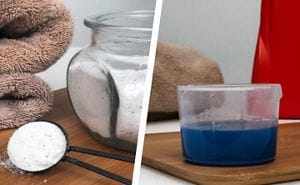 Powder vs. Liquid Laundry Detergent: Which Is Better? What’s best for your laundry? Whirlpool compares powder vs. liquid laundry detergent to determine which type is better for your clothes and washing machine.
Powder vs. Liquid Laundry Detergent: Which Is Better? What’s best for your laundry? Whirlpool compares powder vs. liquid laundry detergent to determine which type is better for your clothes and washing machine. -
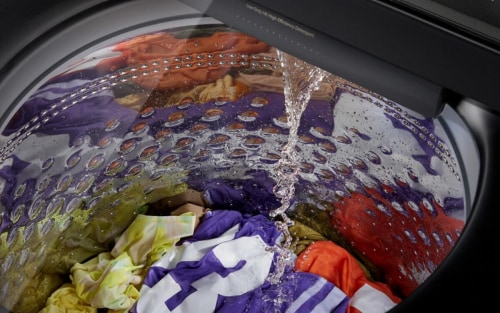 Laundry Care Symbols Explained There are so many laundry symbols to decipher. Check out this laundry care symbols guide, and learn how to read and decode laundry symbols for optimal care.
Laundry Care Symbols Explained There are so many laundry symbols to decipher. Check out this laundry care symbols guide, and learn how to read and decode laundry symbols for optimal care.


home heartbeat
Ready for more tips, home hacks and appliance guides?
1. Bacteria tested were S. aureus, P. aeruginosa, K. pneumoniae.


